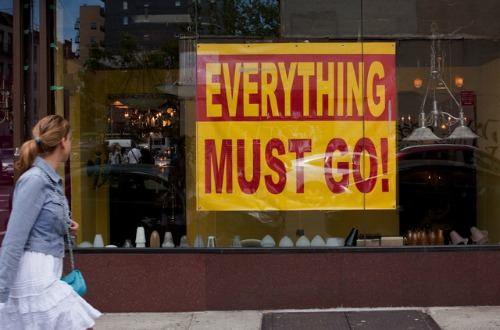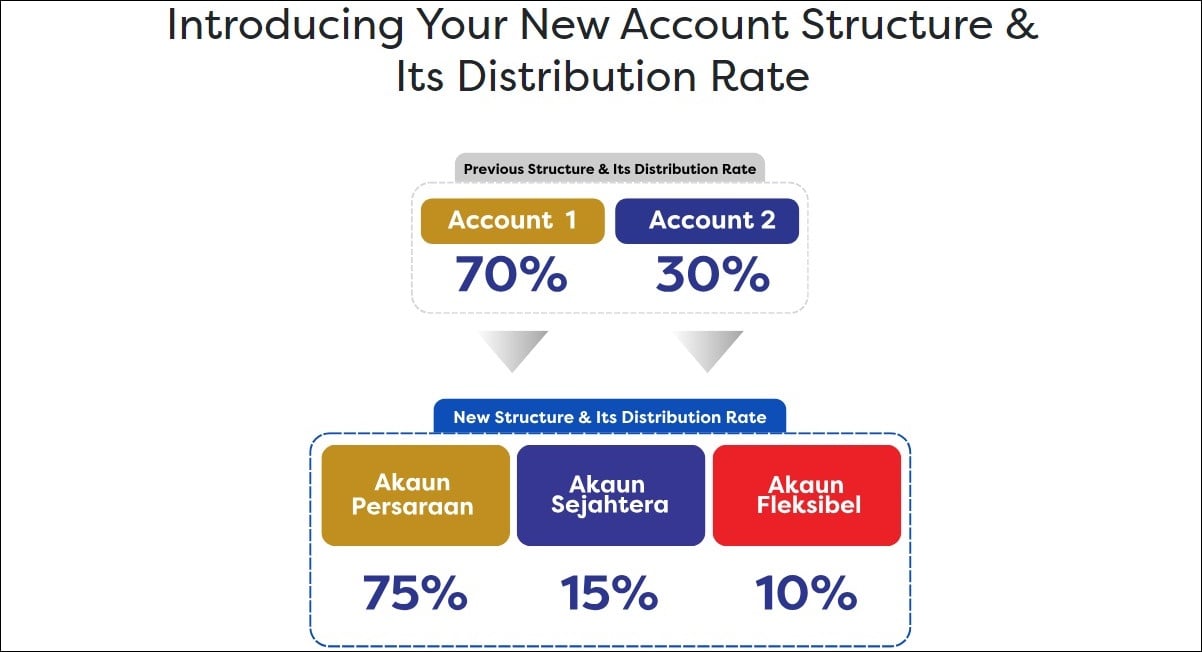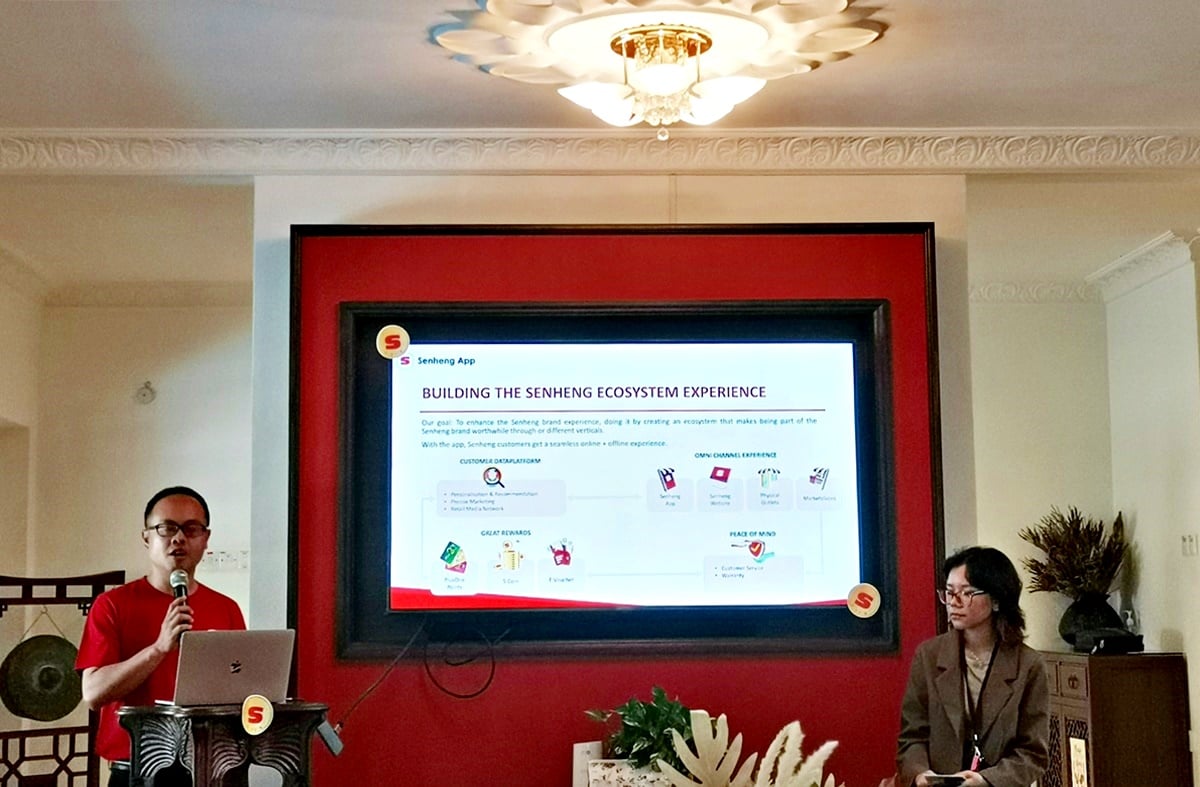Desiree Nair
8th February 2017 - 5 min read
Ever walk into a store with the sole purpose of buying one new shirt and end up walking out with a whole new wardrobe? Spending more than you intended to is an all-too-familiar scenario faced by many shoppers everywhere.
Little do you know that this budget blunder is not at all a random affair. Here is a list of sales and marketing tactics used by physical and online stores alike that you should be aware of:
1. Discounts and Sales
Discounts and bargains are almost always the biggest culprit when it comes to seducing you into buying things you don’t need. Sales triggers such as ‘For a limited time’, ‘50% off’ or ‘Now only RMXX.XX’ are deployed to convince you that you are getting a good deal, but are you really? The truth is that some discounts and bargains are completely made up! Prices are sometimes marked way up only to be slashed severely during promotion or sale periods.
Do this instead: Buy only the things you need and ignore the sales, especially if you are on a tight budget. If you are interested in a sale item, quickly check retail prices online to see if it is really a bargain or just a gimmick. Prices for obscure brands may not be so easy to track though, so stick with this rule: If it sounds too good to be true, it probably is.

2. Chummy Sales People
No matter how friendly the salespeople are, remember that they are just doing their job – helping you buy more so the store makes profit. Some will go ‘above and beyond’ to upsell you, as is usually the case when a salesperson takes the time to be all charming and friendly in order to persuade you to buy the higher priced product or service you are interested in. Don’t be compelled to go with the more expensive alternative just because the salesperson tells you it is a better deal.
Do this instead: Be a savvy shopper and conduct a research on what you’re looking to buy before you step out to make the purchase – this way, you’ll be prepared in terms of the cost and value of the product, and would less likely be coaxed into buying something you don’t want.
<a href=”https://ringgitplus.com/en/credit-card/?utm_source=ringgitplus&utm_medium=banner&utm_campaign=my-rpint-crcd-gen&utm_content=blogcta_crcd_bestcreditcardinmalaysia_ringgitplus_mid”title=”Compare credit card”>
3. Free Shipping
Online stores often offer free shipping with minimum purchase, and the same could be said for most higher-end, brick-and-mortar department stores. It might seem like a serious money-saver, but don’t be so quick to fall for the offer, especially if the ‘minimum purchase’ is on the high side. If the free delivery comes with no strings attached, go for it; but if you have to spend hundreds to qualify for the offer, take some time to consider if the extra purchases are worth it.
Do this instead: Single out stores that offer completely free delivery and use cash vouchers when possible to offset delivery charges.

4. Supermarket Samples and Other Freebies
People often feel guilty when accepting something and giving nothing in return – this is called the reciprocity principle. Thus, taking free samples and simply walking away might make you feel uncomfortable. This could prompt you to pick up a box of coffee you’ll never drink, just to return the ‘favour’ for the free sample you’ve just received.
Granted, this is not how everyone operates, but in some cases, free samples have boosted sales by 2,000%! This means a lot of people are triggered by free samples.
Do this instead: Practice saying no to samples that you aren’t interested in trying and don’t accept freebies that you don’t want or need.
5. Product Placement
Products that are placed at eye-level are the ones being promoted; they may not be what you’re looking to buy, and are more likely to be the more expensive option (though not always). Cheaper selections are often stacked higher up, making it difficult to reach or on the bottom where you might miss it.
Do this instead: Stand three to five feet away from the aisles and scan the products on all shelves, top to bottom, before making your choice. If you need help reaching for the products, don’t be shy to ask for assistance.

More Things You Can Do To Stay Frugal
1. Make a list and set a budget. Having a list helps you make fewer unintended purchases. Similarly, setting a spending limit could inspire more cost-efficient choices.
2. Set a shopping time limit. The more time you have to aimlessly browse the aisles, the more likely you are to spend on something you don’t need. Schedule to-dos in between, like planning a chore to do at home, picking up your kids from school or meeting friends for lunch.
3. Avoid buying from the checkout aisle. Those little aisles placed by the cashier are not there for convenience’s sake. They are usually the last in sales and marketing strategy to tempt you to buy more as you wait in the line. Items on these aisles are usually unhealthy snacks (to tempt the children or the sweet tooth in you), expensive toothbrushes, batteries and other small but could-be-practical items. Ignore these aisles. If you need any of these items, put them on your list and pick them up from their rightful aisles.
4. Choose a shopping basket. When browsing at stores, avoid taking a large shopping cart or trolley. Baskets fill up much quicker and it does get heavy, therefore slashing the chances of you lingering and make unnecessary purchases.
To get more value for the money you spend, consider taking advantage of the perks that come with credit cards such as cash back offers, reward points and discounts. See our comparison page for help finding a truly rewarding credit card to suit your spending style.









Comments (0)